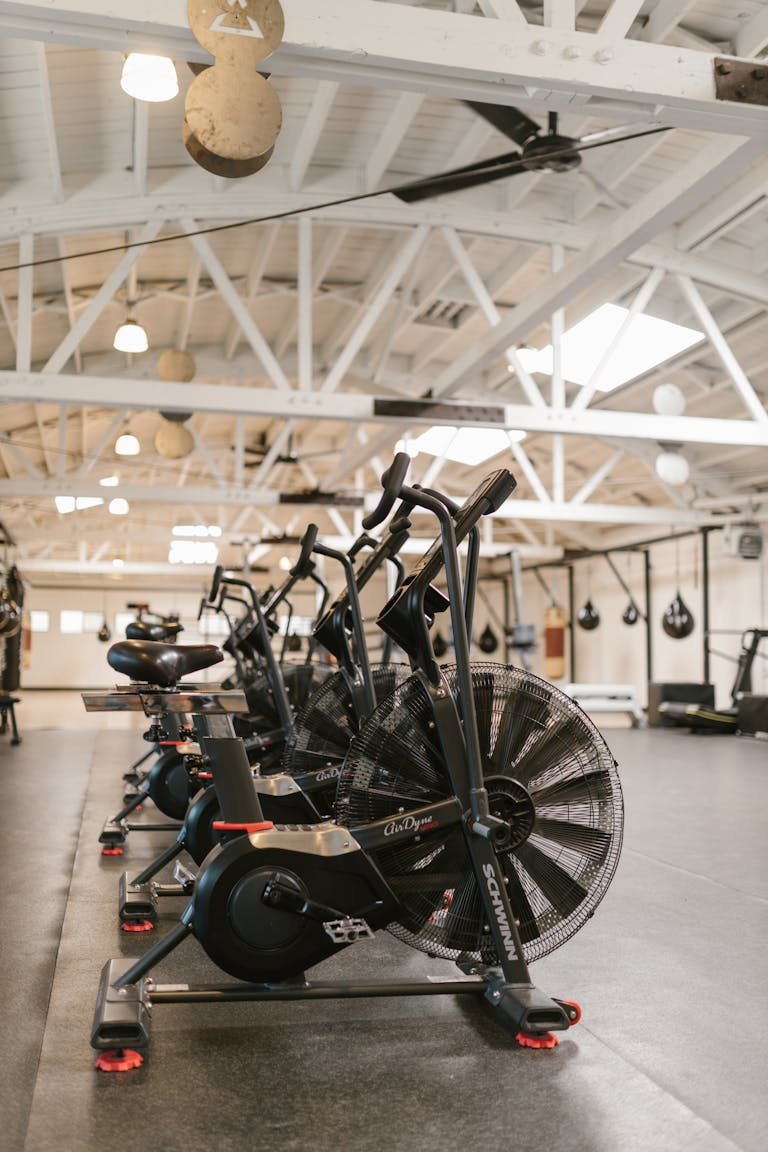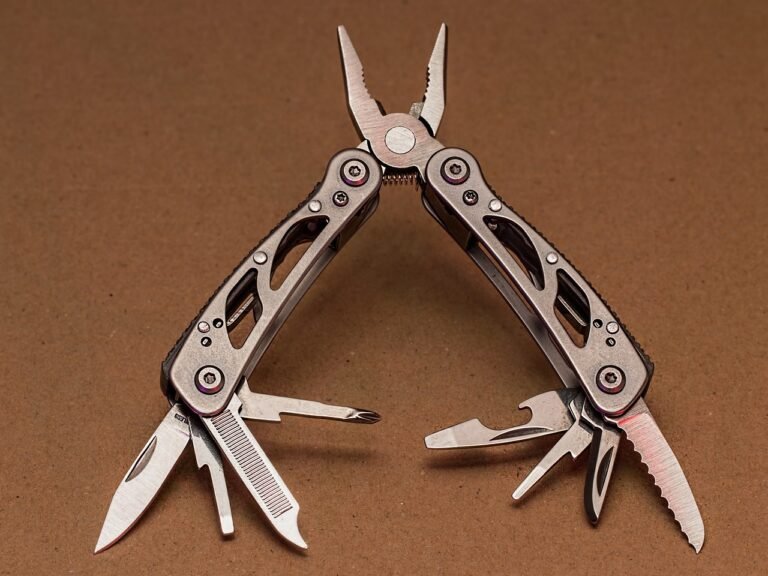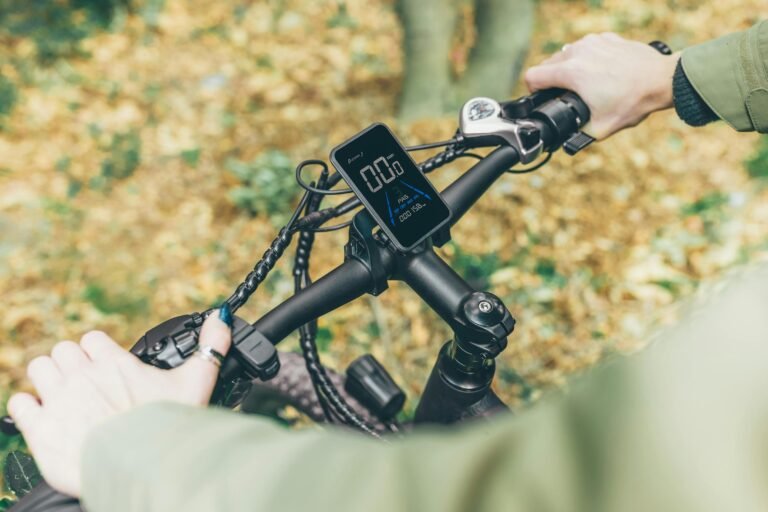Bike Radar System: Advanced Safety Solutions for Cyclists in 2025
Bike Radar System Tips in Cycling Technology
Elevate Your Cycling Safety Game 🚴♂️
Cycling is an exhilarating sport that connects you to the outdoors and keeps you fit, but it does come with its risks—especially on busy roads. That’s where bike radar systems come into play, revolutionizing cycling safety. These techy gadgets are designed to detect vehicles approaching you from behind, providing real-time alerts so you can always stay ahead of the curve. Whether you’re a weekend warrior or a dedicated road cyclist, incorporating a bike radar system into your gear will ensure a safer and stress-free riding experience.
If safety and confidence top your priorities on the road, it’s about time you discovered the ins and outs of bike radar systems. Let’s dive into the tech, benefits, and pro tips that make these gadgets an absolute must-have. I’ve discussed the topic of Cycling Technology in full detail, read the article here.
What Is a Bike Radar System?
A bike radar system is a cool piece of tech that adds a whole new dimension to cycling safety. Essentially, it’s a rear-mounted device that uses radar technology to detect vehicles approaching from behind. Once a vehicle is within range, the radar sends an alert to your device—whether that’s a bike computer, a smartphone app, or even a standalone display unit.
Key Features of Bike Radar Systems
Modern bike radar systems are packed with awesome features, including:
- Vehicle Detection: Accurate detection of vehicles coming from behind, often within a range of up to 140 meters or more.
- Visual and Audio Alerts: Alerts delivered through visual indicators, vibration, or sound warnings.
- Speed Tracking: Some systems can even estimate the speed at which a vehicle is approaching.
- Seamless Integration: Many systems sync effortlessly with popular bike computers like Garmin and Wahoo or mobile apps.
Popular Bike Radar Brands
Some top-notch bike radar brands to consider? Garmin’s Varia line is hands-down one of the most popular options, known for its solid performance and compatibility. Other emerging players like Bryton and Magene are also stepping up their game with affordable and innovative alternatives.

Benefits of Using a Bike Radar System
Investing in a bike radar system could be one of the smartest moves you make as a cyclist. Here’s why they’re worth every penny:
1. Enhanced Safety and Situational Awareness
Knowing what’s happening behind you gives you an edge on the road. Bike radar systems allow you to focus on the path ahead while staying informed about vehicles approaching from the rear. This makes riding on shared roads far safer.
2. Prevention of Accidents
How many times have cars zipped by suddenly, leaving you startled? Bike radar systems reduce these surprises by detecting vehicles early and giving you ample time to react, reducing the likelihood of accidents.
3. Confidence Boost for Cyclists 🚴♂️
Cycling solo, especially on rural roads or during long commutes, can sometimes feel scary. With a radar system, you can ride with confidence, knowing you’re equipped with solid tech to keep you informed about your surroundings.

Tips for Choosing the Right Bike Radar System
Here’s what you need to look out for when picking your new safety gadget:
1. Range and Detection Accuracy
The wider and more precise the detection range, the better. High-end models like the Garmin Varia offer ranges over 140 meters, ensuring you’re aware of vehicles long before they’re near.
2. Battery Life and Charging Options
Nobody wants their radar system dying mid-ride! Choose a model with long-lasting battery life, preferably up to 15 hours in continuous use, and multiple charging options, like USB-C.
3. Integration with Bike Computers
Make sure your bike radar works seamlessly with devices you already own. Many premium systems sync with bike computers or apps that you’re likely familiar with.
4. Weather Resistance
Cyclists face all kinds of weather, so your radar should be durable enough to handle rain, heat, and even dust. Look for devices with solid IP ratings for water and dust resistance.
How to Properly Install and Set Up Your Bike Radar System
Owning a top-tier gadget doesn’t mean much if you don’t install it right. Below is a quick guide to getting your radar system up and running:
- Mounting the Device: Attach the radar unit to the rear of your bike, ideally on your seat post. Use the included mount for a secure fit.
- Perfect Sensor Alignment: Make sure the radar unit is aligned parallel to the ground for optimal rear coverage.
- Pairing with Devices: Sync the radar with compatible bike computers or your smartphone via Bluetooth or ANT+, ensuring everything is paired correctly before hitting the road.

Tips for Using a Bike Radar System Effectively
Once your bike radar system is set up, you’ll want to maximize its potential. Here’s how:
- Stay Alert, Always: Treat radar alerts as a tool, not a crutch. Always maintain situational awareness by turning your head occasionally when it’s safe to do so.
- Understand Alerts: Familiarize yourself with the radar’s signals to differentiate between false alerts (like distant objects) and legitimate warnings.
- Ride Smart in Various Environments: On rural roads, radar systems shine by detecting high-speed vehicles far in advance. In urban settings, they can cut through the chaos to prioritize truly threatening vehicles.
Maintenance and Troubleshooting Tips
Your bike radar system is built to last, but regular maintenance keeps it performing like new.
- Keep It Clean: Wipe down the radar’s lens and body after rides, especially in dusty or rainy conditions.
- Software Updates: Firmware upgrades often improve detection performance and add features. Check for updates regularly.
- Troubleshoot Connection Issues: If your radar stops syncing with your devices, reset it and re-pair it. If all else fails, consult the user manual or contact support.
Alternatives or Complementary Safety Gadgets
While bike radar systems are incredible, you can combine them with additional gadgets for the ultimate safety suite:
- Mirrors: Still a reliable classic, mirrors provide a manual way to check for traffic.
- Cameras: Rear-facing cameras not only monitor vehicles but also capture footage for added security.
- Bike Lights: Bright, flashing tail lights pair beautifully with radar systems to ensure you’re seen and informed.
- Smart Helmets: Add lights, turn signals, and even crash alerts for all-around protection.

Frequently Asked Questions (FAQs)
Are Bike Radar Systems Worth the Investment?
Absolutely! For the added safety and confidence on every ride, even entry-level models deliver solid value.
Can I Use a Bike Radar System with Any Bike?
Yes, bike radar systems are typically compatible with virtually any bike. Ensure your bike has a seat post or rear mounts for easier installation.
How Accurate Are Radar Alerts?
Most modern bike radars are impressively accurate and can detect vehicles within a range of 100 to 140 meters, making them a reliable choice for safety-conscious cyclists.
Wrapping Up
When it comes to cycling safety, bike radar systems are a revolutionary upgrade no serious rider should overlook. With their ability to detect vehicles, deliver timely alerts, and integrate with your existing gadgets, these systems redefine peace of mind on two wheels. By following these bike radar system tips, you can select, install, and use these devices like a pro, ensuring you’re always one step ahead on the road.
Stay safe, ride confidently, and let technology take your cycling experience to the next level! 🚴♂️
Related Posts and Resources
- Smart Bike Trainers: 2024 Best Picks with Features and Benefits
- How to Improve Cycling Endurance in 2025: 5 Proven Strategies for Cyclists
- Bicycle Chain Maintenance: 2025 How to Clean and Lube Guide
- How Do You Adjust Bike Brakes? A Step-by-Step Guide for 2024
- Recumbent Bike Benefits: The Ultimate Guide to Comfortable Cardio







